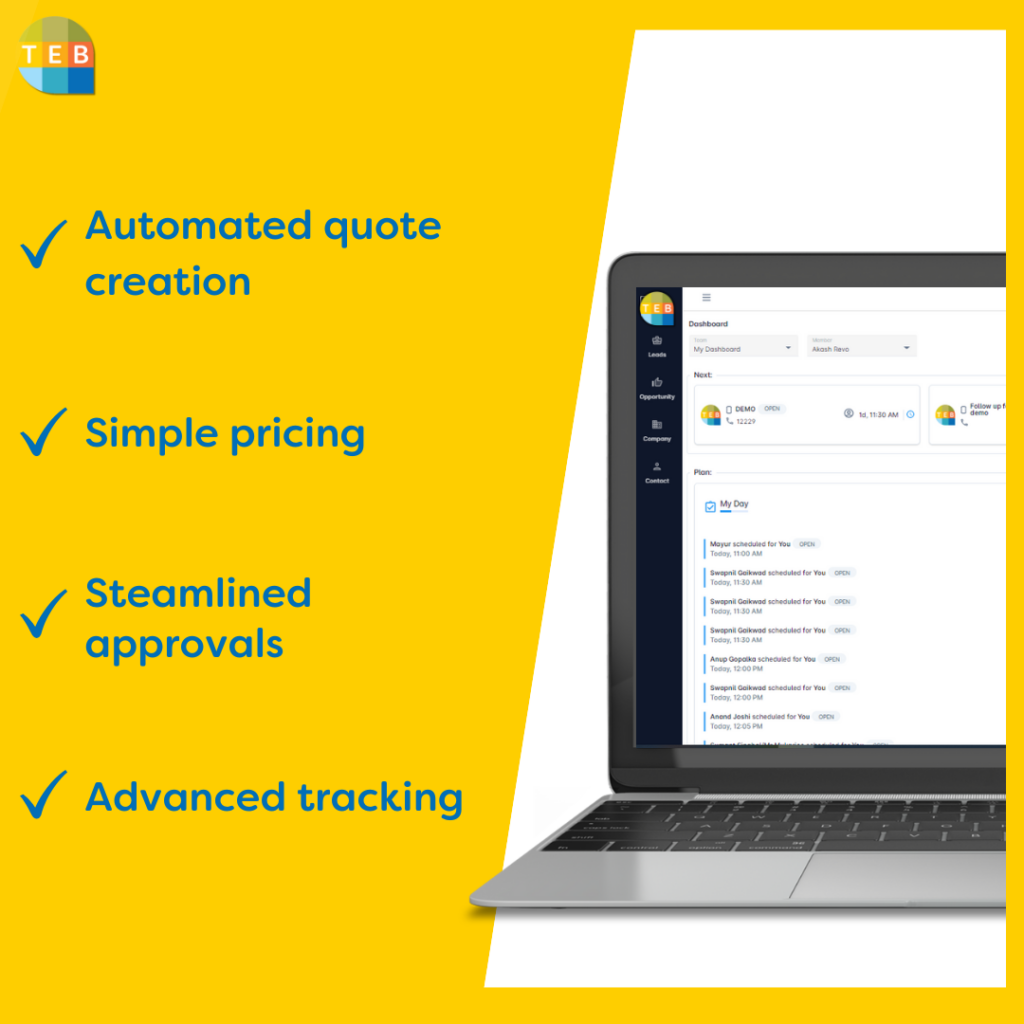
Bringing in new customers and clients is important to any business seeking to expand and make bigger profits. Sometimes this comes with the need to put it all down, but you might find yourself asking how to write a business proposal, and when is one appropriate? To help you get ahead in 2025, today we are looking at what a business proposal is, an overview of when you should be writing one, the common mistakes that are made when developing a business proposal, and what the best way to write and layout one is.
At its core, a business proposal is a document that a company delivers to a potential client. It outlines the features and benefits of the product or services they are offering and is designed to convert the lead into a paying customer.
As a formal document, you may see a business proposal more often being used for Business to Business (B2B) sales, but there are some occasions where it is appropriate to use for Business to Customer (B2C) engagements.
Knowing the difference between B2B and B2C leads is essential as how you deal with them is often very different and can determine what you need to be doing at the various stages of your sales funnel.
Business proposals are most often generated when you are looking to establish a long-lasting relationship with a client and may be offering goods or services over an extended period.
They need to cover a wide range of points, but in a way that is compelling, straightforward, and efficient.
There are different types of business proposals:
Both solicited and unsolicited proposals have some similarities in the content and structure, but they do differ with how they are structured, what the key focus of the proposal relates to, and how they are expected to be received.
Whether you are sending out an in-depth business proposal or putting together a proposal email, you need to structure them appropriately and ensure you have covered all your bases.
Putting together a business proposal, whether it has been requested or not, is not always easy, and some of the most common mistakes that companies make with the process include:
Many of these issues can be addressed with time and experience, but when you have a niche market or a reputation to uphold, you cannot be spending time experimenting with outreach that is going to damage your business and put clients off your products.
There is a lot you need to include in a very short space, and you need to ensure your content not only meets your needs, delivers your sales pitch, and accurately represents what your business can do - it needs to meet the needs of your client and be personalised in a way that is appropriate.
In order to write a successful business proposal, you need to ensure you structure your proposal carefully and ensure it covers:
Each client you send a proposal to is going to have specific needs and wants, and it can be difficult to ensure you cover all of this.
Many parts of the proposal may be the same for every client, such as the overall pricing structure or reason for reaching out.
In order to save time and ensure brand consistency, having a process in place to automate your business proposal creation can allow you to put yours together very quickly and then take the time to hyper-personalise it, and ensure you are making the most of your time, resources, and sales efforts.
Take the stress and hard work out of your business proposals, with TEB you can ensure that everything you need is ready to go, added as you require, and automated to give your team more time to manage their clients and ensure success in your sales.
When you bring TEB Apps into your business, you can also expect to benefit from:

TEB lets you make faster and more effective decisions for your business, keeps you on top of your opportunities, and ensures that your leads are being handled in a way that benefits your bottom line.
Book a demo today and find out just how much TEB can bring to your business in 2025 and beyond.